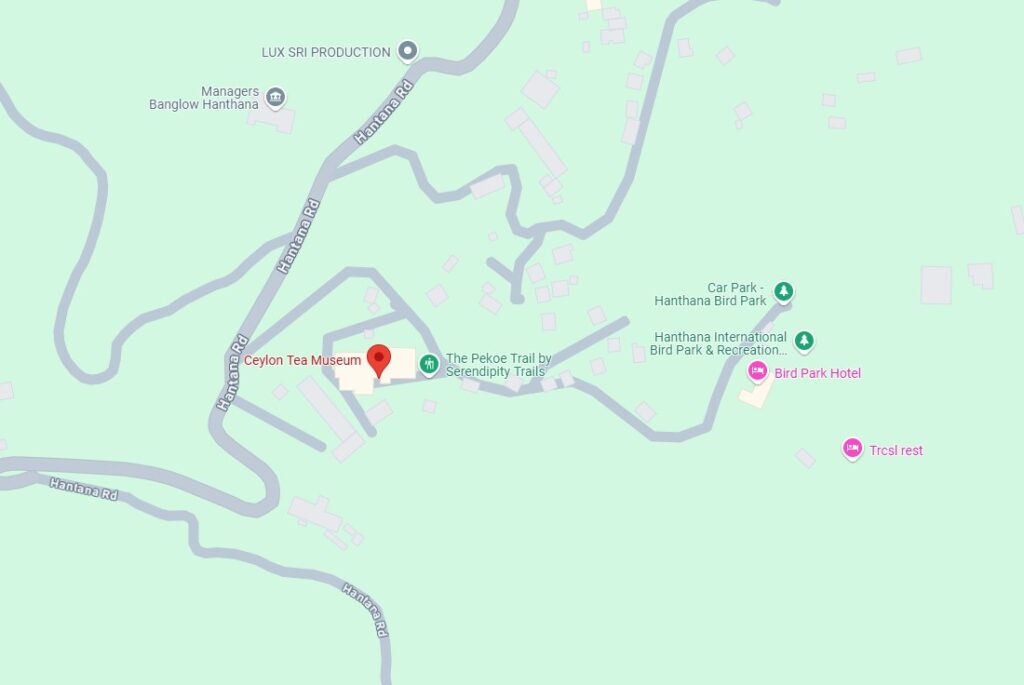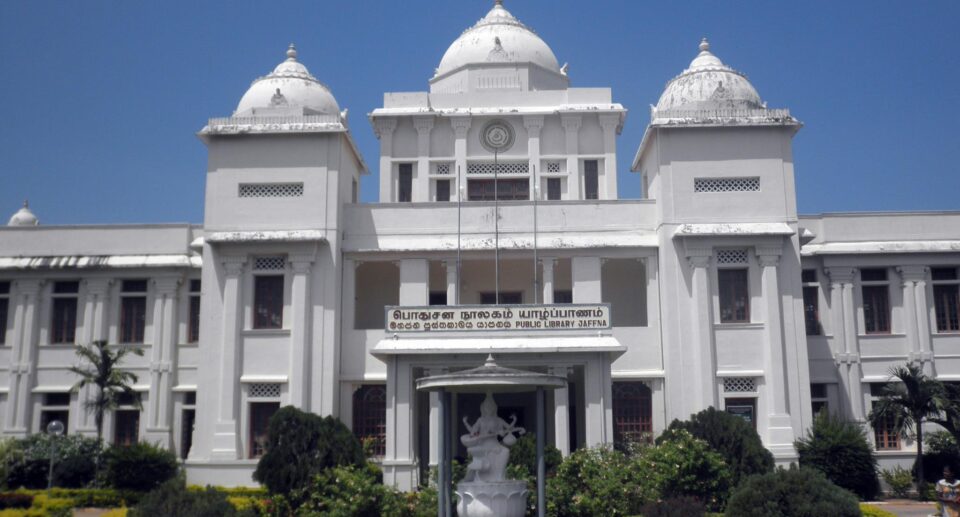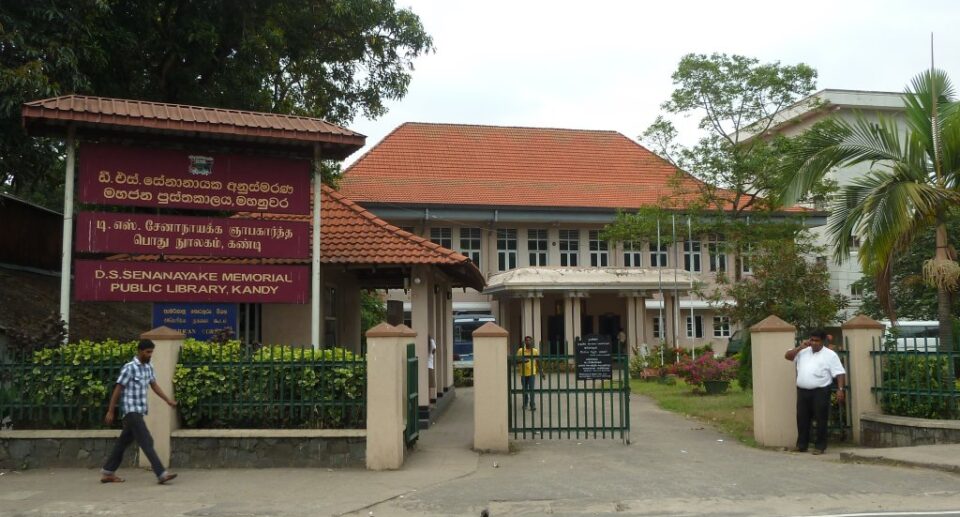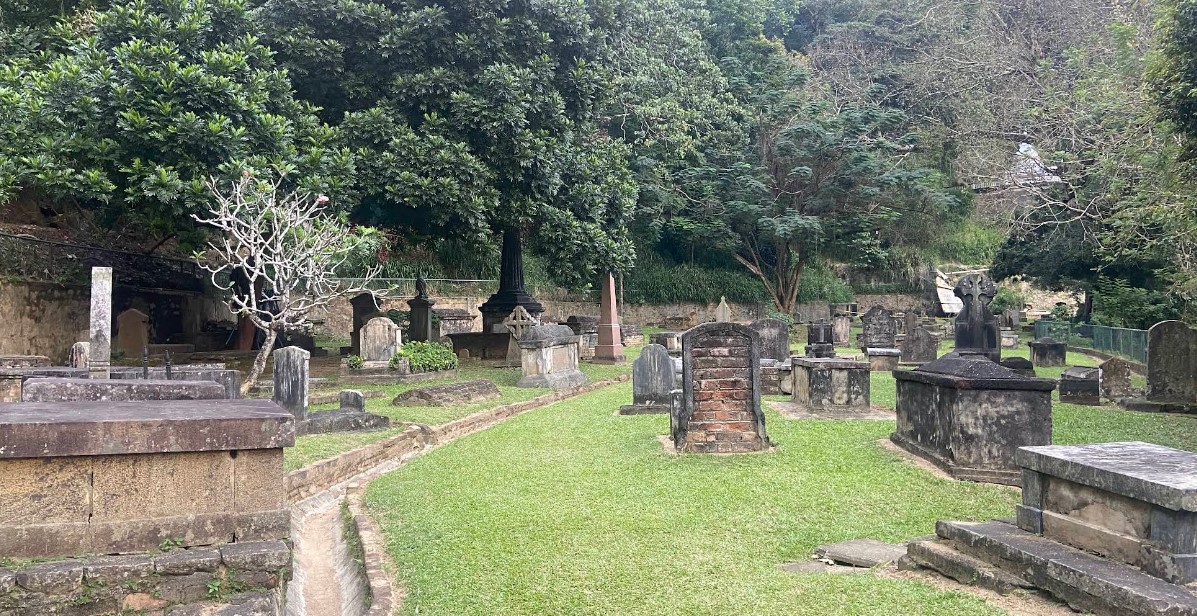Ceylon Tea Museum: A Journey Through Sri Lanka’s Tea Legacy
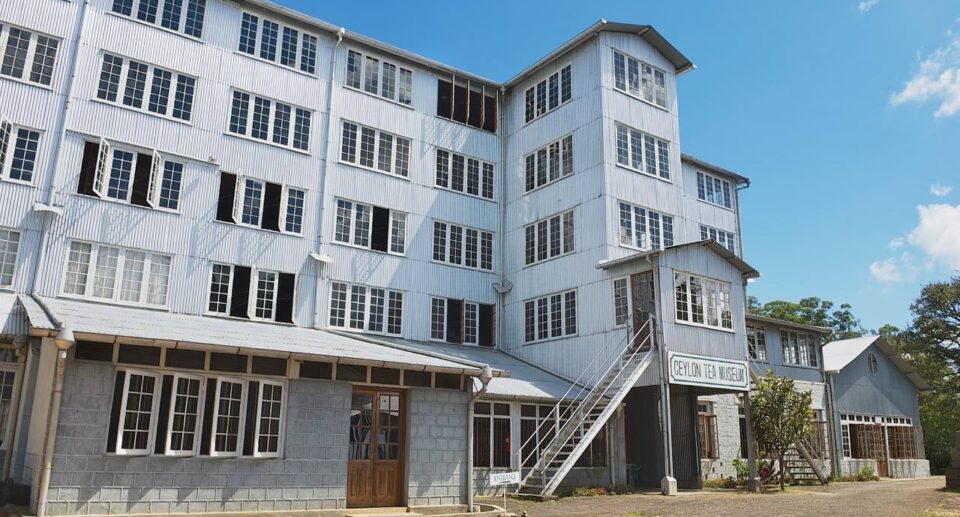
The Ceylon Tea Museum, located in the quaint town of Kandy, Sri Lanka, is an interesting gem that gives a deep insight into the history, production, and global significance of Sri Lanka’s most celebrated export: tea. Located in the beautifully restored Hantane Estate, the museum is a shrine to be seen by tea enthusiasts, history buffs, and anyone who wishes to know about the country’s cultural heritage. A trip to this museum is not just an educational adventure but also an experience that plunges one into the realm of tea making, which has been a central part of what has contributed to Sri Lanka’s economy, culture, and identity.
The History of the Ceylon Tea Museum

The history of tea in Sri Lanka commenced in the early 19th century when James Taylor, a British planter, planted the first successful tea on the island. Before tea, Sri Lanka had coffee plantations, but the coffee was wiped out in the mid-19th century by a fungus known as Coffee Rust. As a reaction to this, the British colonial government began experimenting with tea production, and this soon took hold in Sri Lanka’s highlands, particularly around Kandy, Nuwara Eliya, and the central hills.
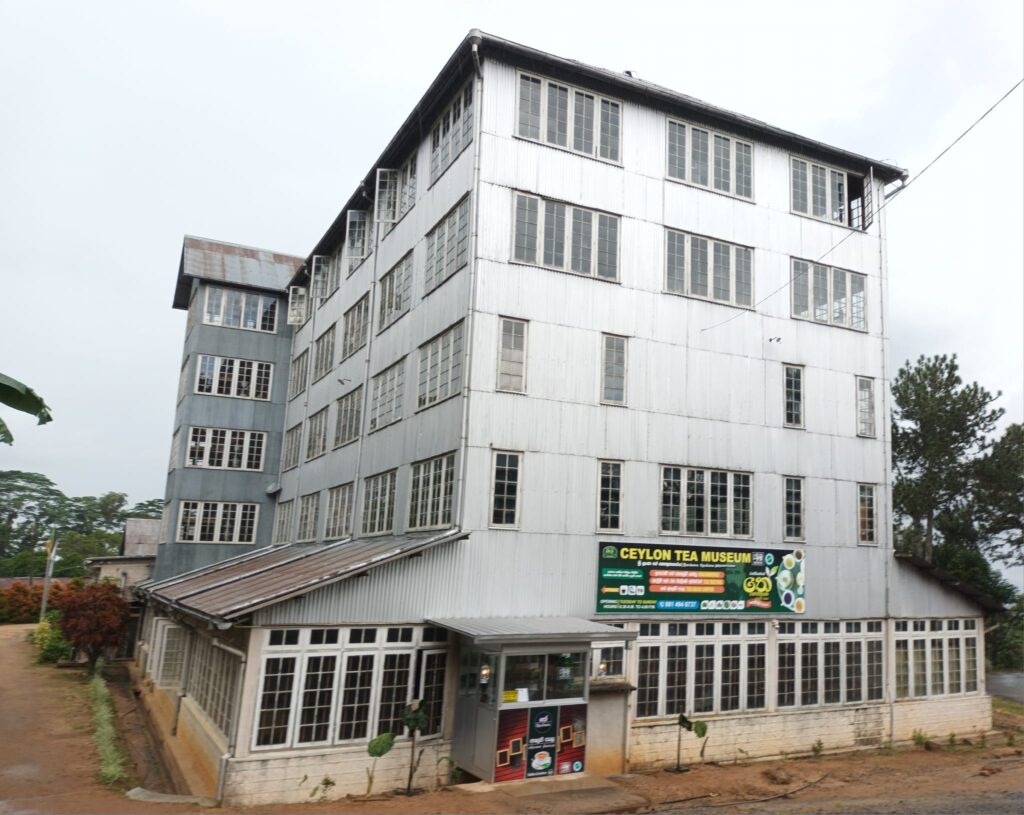
The Ceylon Tea Museum is located in the heart of this tea land and provides a comprehensive overview of the history of the development of tea cultivation and its profound impact on the island. The museum is located in an old tea factory building that was constructed during the 1920s on the Hantane Estate. The estate itself was once a successful place for tea cultivation, and the use of the building as a museum allows individuals to step back in time and observe how the tea business has developed over the years.
The History of Tea in Sri Lanka
The museum traces the history of tea in Sri Lanka from its early experimentation during the 1800s to becoming a world tea giant. Visitors will learn the progression of the island from a coffee plantation colony to the world’s largest exporter of tea, with Ceylon tea becoming a world-brand and beloved name. The museum holds a vast array of historical materials, photographs, and documents that record the history of Ceylon tea, from plantation to export.
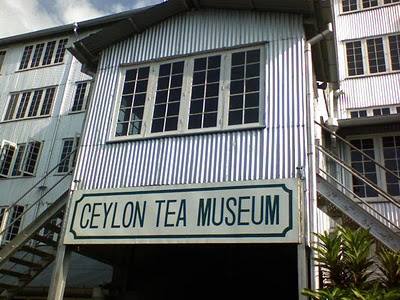
One of the most captivating displays is that of James Taylor, the founder of Ceylon tea. The museum illustrates his challenges and achievements in dealing with the introduction of tea to the island and establishing ways of cultivating tea in the modern era. It is remarkable to learn that the early tea experiments were not entirely successful, but determination proved fruitful with discoveries that ultimately turned Sri Lanka into one of the world’s leading producers of tea.
The Exhibits of the Museum: A Full Preview of Tea Production
The Ceylon Tea Museum consists of several significant sections, each focusing on a particular aspect of tea production and the history of the industry. Visitors can expect to learn about a series of exhibits dealing with an extensive range of themes, from the processes of tea production, equipment used, the labor force engaged in the industry, to the global significance of Sri Lankan tea.
- The History of Tea Machinery
The museum’s most striking feature is its display of ancient tea machinery. With the advancement of tea manufacturing in Sri Lanka, came the innovation of new technology for tea leaf processing. The museum’s exhibition of artifacts includes equipment from the early days of tea production, from the colonial-era manual machines to the newer equipment used today in tea factories on the island. The public is able to see how the equipment has improved over the years and how Sri Lanka manages to stand its ground in the global tea market.
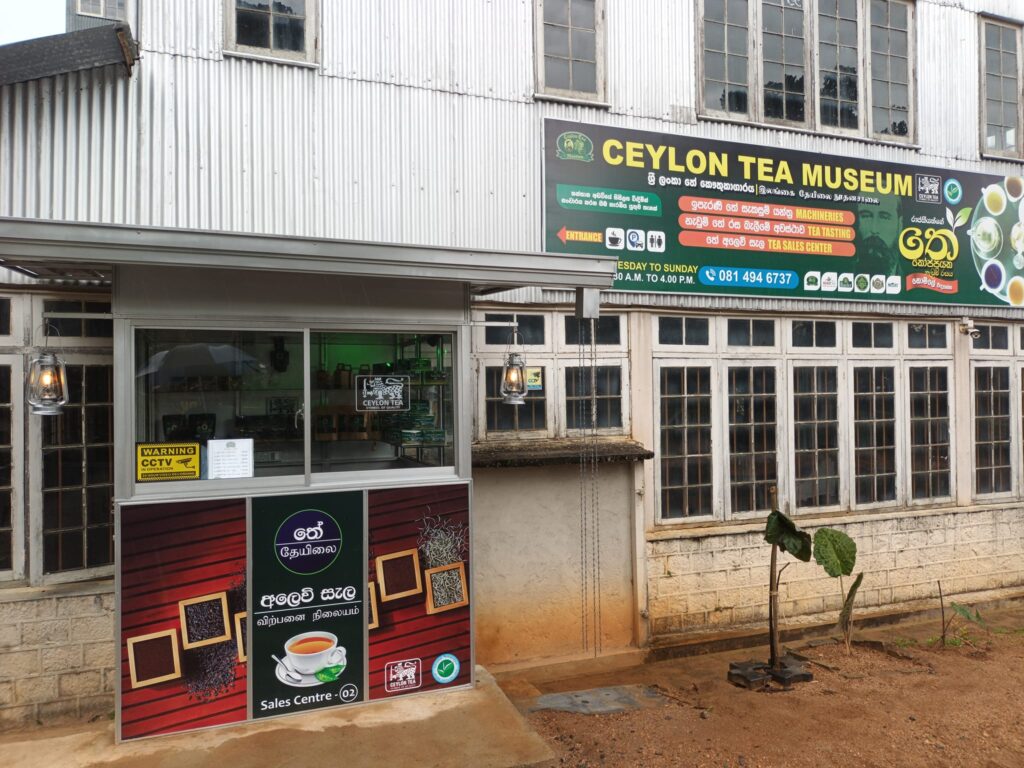
- The Tea Process
Another section of the museum is dedicated to the sequence of steps of tea production. The tea production from leaf to cup is set out in sequence, starting from plucking the leaves and then moving on to withering, rolling, fermenting, and drying. Traditional and modern varieties of each one of these processes are exhibited by the museum, providing a complete overview of tea production.
One of the most interesting aspects of this section is the detailed study of the various types of tea produced in Sri Lanka. Black tea, green tea, and white tea all entail different processing methods, and the museum illustrates these differences through informative displays and interactive exhibits. Visitors are able to appreciate more the art and skill required to make the perfect cup of tea.
- The Role of Labor in Tea Production
Part of the most interesting history of the museum is how the labor of work in the tea industry functioned. The Sri Lankan tea plantations have for over two centuries been providing employment for thousands of employees, many of whom are the children of the Tamil workers that the British colonial powers brought into Sri Lanka to toil in their tea farms. The museum uncovers the status of labor for these workers, their ordeal, and the part they played to make the tea industry flourish.
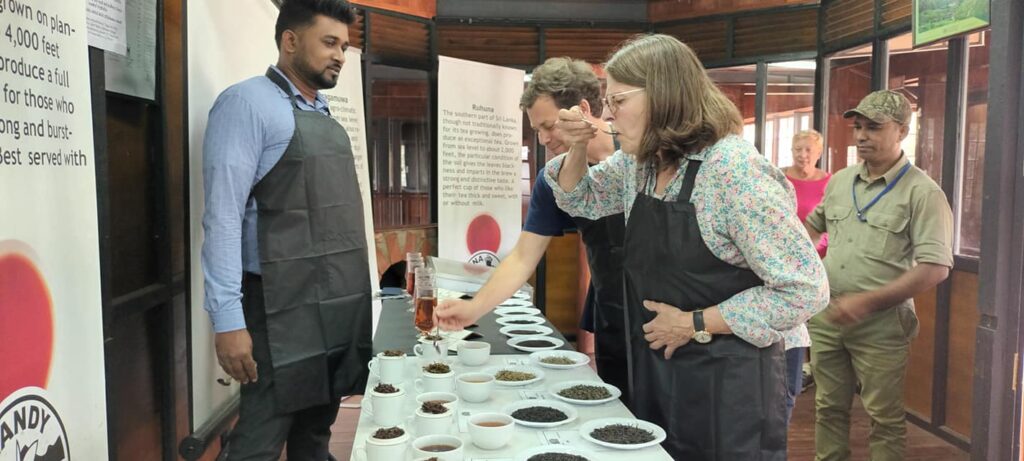
This part of the museum also addresses the lives of women workers, who constitute a large percentage of the workforce in tea plantations. The museum discusses how the industry has impacted local communities and provides an insight into the social and economic influence that tea cultivation has had on Sri Lankans.
- Tea and Its Global Impact
The museum also addresses the global importance of Sri Lankan tea. With production at over 200 million kilograms annually, Sri Lanka is one of the largest producers of tea globally. The museum addresses the international business of tea and how Ceylon tea came to represent quality all over the globe. It also includes the development of the brand Ceylon Tea, with its lion logo and the mythical Ceylon Tea stamp, which assures buyers of the quality and genuineness of the tea.

Exhibits demonstrate how Sri Lankan tea is being consumed by tens of millions of individuals globally, and tourists can learn about the various markets which import and use Ceylon tea. The museum also demonstrates the challenges brought by the industry in the modern world, such as climate change, global competition, and altering consumers’ tastes.
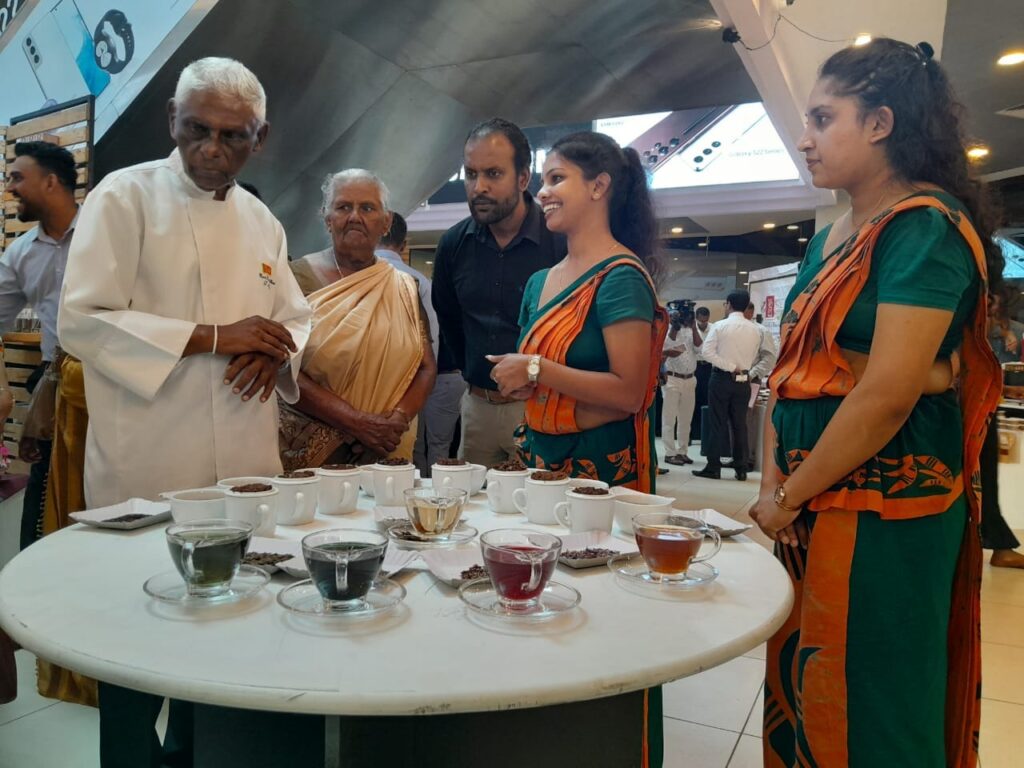
The Architecture of the Museum: A Reflection of Tea History
The Hantane Estate building that houses the Ceylon Tea Museum is an architectural gem in itself. Built originally as a tea factory, the building has retained much of its originality, including large windows, open spaces, and high ceilings. The building has been restored with much attention to retain its colonial charm while being adapted to its current function as a museum.
That the museum is located on the Hantane Estate is significant too. Nestled amidst lush green tea plantations, the site offers the visitors a serene atmosphere, and the scenic view of the surrounding hills and valleys forms a soothing backdrop. The tea estates that encompass the museum offer the visitors an opportunity to observe modern tea cultivation up close.
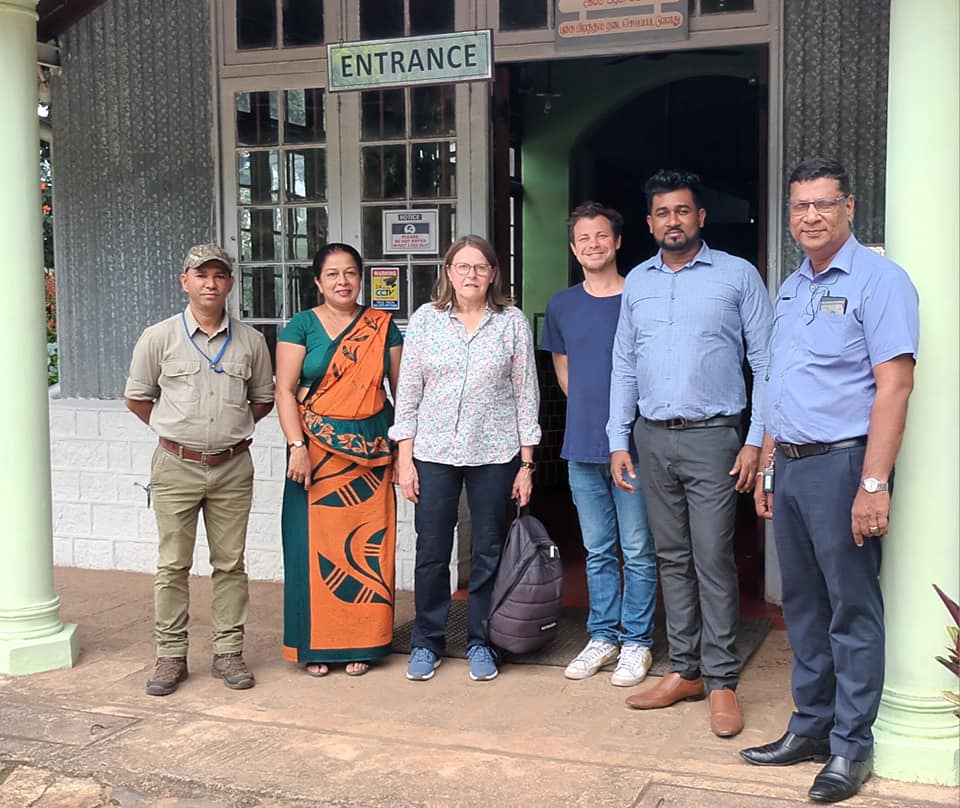
A Unique Tea Experience
A visit to the Ceylon Tea Museum is not only an educational visit. The visitors are also offered a chance to taste some of the finest Ceylon teas, from loose-leaf teas to blended teas. There is a small tea shop inside the museum where tea, souvenirs, and local products can be purchased. For those who want to experience Sri Lankan tea in its unpolluted form, the tea tastings in the museum are the perfect opportunity to relish in mugs of hot, fresh tea surrounded by the sweeping view of surrounding tea plantations.
A Tribute to Sri Lanka’s Tea Heritage
Ceylon Tea Museum is a definite visit for anyone interested in learning the rich history, tradition, and heritage of tea in Sri Lanka. The museum not only displays the history of tea production but also the people and communities that have played a crucial role in the success of the industry. From the pioneering early days of James Taylor to Sri Lanka’s status as a world leader in tea production, the museum is a story of determination, craftsmanship, and innovation.
A visit to the Ceylon Tea Museum is not just learning something new; it’s an experience of being able to comprehend and appreciate the deep connection between Sri Lanka and tea. It’s a celebration of one of the country’s greatest cultural exports, and a reminder of the strength and determination of the people who have helped make Sri Lanka’s tea industry what it is today.
Contact Information
Address: Hantana Road, Kandy, Sri Lanka
Phone: 0814 946 737
Open Hours
8.30 A.M – 4P.M
Map of Ceylon Tea Museum Hantana
